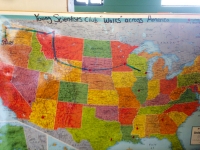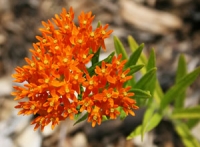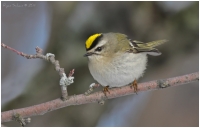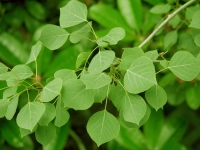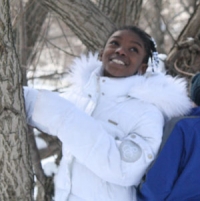
Milwaukee Urban Ecology Blog
I started working at the Center on the Monday after Thanksgiving in 2007. There were a lot of things that impressed me during my first week, but one that sticks out in my mind were the bikes that were parked outside of the building that cold November day. Apparently, despite the below freezing temperatures and threat of snow, some of the staff had chosen to bike to work instead of driving their cars.
If you have visited the Washington Park Branch within the last three months, you have probably noticed the big map hanging up on the divider in the main classroom. And upon closer investigation you may have wondered what in the world our Young Scientists are doing by walking across America? Well, three months ago on Martin Luther King Day, we embarked on a grand adventure to walk across the country.
In September the Urban Ecology Center will be taking our second trip to visit the greatland, Alaska. Last year my wife Christine and I were fortunate to guide a trip, which we called The Great Alaska Adventure, with 44 Urban Ecology Center members and friends. Having lived in Alaska, on the border of Denali National Park, for 25 years, my memories run deep and my experiences were varied. After growing up in Wisconsin I feel like I was shaped into who I am today, literally in the backcountry of Denali.
This year the Urban Ecology Center is excited to host the 25th Anniversary Earth Poets and Musicians Earthstravaganza Event on April 26th from 7-10 PM at our Riverside Park Branch. Come spend an evening listening to eco-friendly poetry and music put on by over two dozen songwriters and poets this Arbor Day. The following is a special sneak preview of poems and lyrics featuring the Earth Poets themselves.
The tiny Golden-crowned Kinglet (Regulus satrapa) is one of the first migrants to arrive to Wisconsin in the spring. It gets its name from the beautiful orangish-yellow feathers on the top of its head which resemble a crown. The male's crown is a deeper orange, while the female's is more of a bright yellow. The crowns of both species are lined in black and underlined with a white eyebrow. The head pattern and pale underparts distinguish this bird from the plain face and yellower underparts of the Ruby-crowned Kinglet.
This month we turn the spotlight onto a native tree that has a large and dedicated fan base, the quaking aspen (Populus tremuloides). Its fan base consists of hunters, recreationists, bunches of wildlife, and me! The trees have smooth pale bark scarred with black. The leaves are almost circular to triangular with little teeth all the way around the edge. They are glossy and green above, a dull whitish color on the underside, and turn a beautiful golden yellow in the fall. The petioles or leaf stalks are flattened instead of round, which causes the leaves to flap and flutter beautifully in the wind, hence the name “quaking” aspen.
At this time of year when it seems like spring is never going to come, take heart in knowing that beneath the layers of straw, leaves and compost, little plants are beginning to pop out of the ground.
When the Young-Harris family welcomed me into their house on a cold Saturday morning, Donald and Donovin politely greeted me at the door. Golden sunlight streamed into their warm, cozy home, and they offered me a seat on their couch. Within moments, their mother Katrina Young-Harris walked into the living room where I sat with her boys, and she shared a smile so big and warm that I instantly felt “at home” with this family.
For some, the word Phenology is a relatively elusive word that doesn't immediately bring anything to mind. Considering that it's derived from Greek word phaino, meaning to show or appear, you might guess that spring is a great time to begin practicing this fun activity. April is an important month for Phenology because it marks the appearance of so many friends of field and forest that seem long lost over the cold winter months.
It was a muddy day in the woods. The snow that had piled up all winter was melting, making it a perfect day to study the tracks that animals had left behind in the mud. One particularly excited 2nd grader, Kayana, was anxious to find any track she could. As she ran off the trail in search of more signs that animals had made, I asked her to come back to the group. Clearly disappointed that I had stopped her investigation, she yelled back “But I’m in the woods- I’m s’posed to explore!”
Copyright © 2023 The Urban Ecology Center


